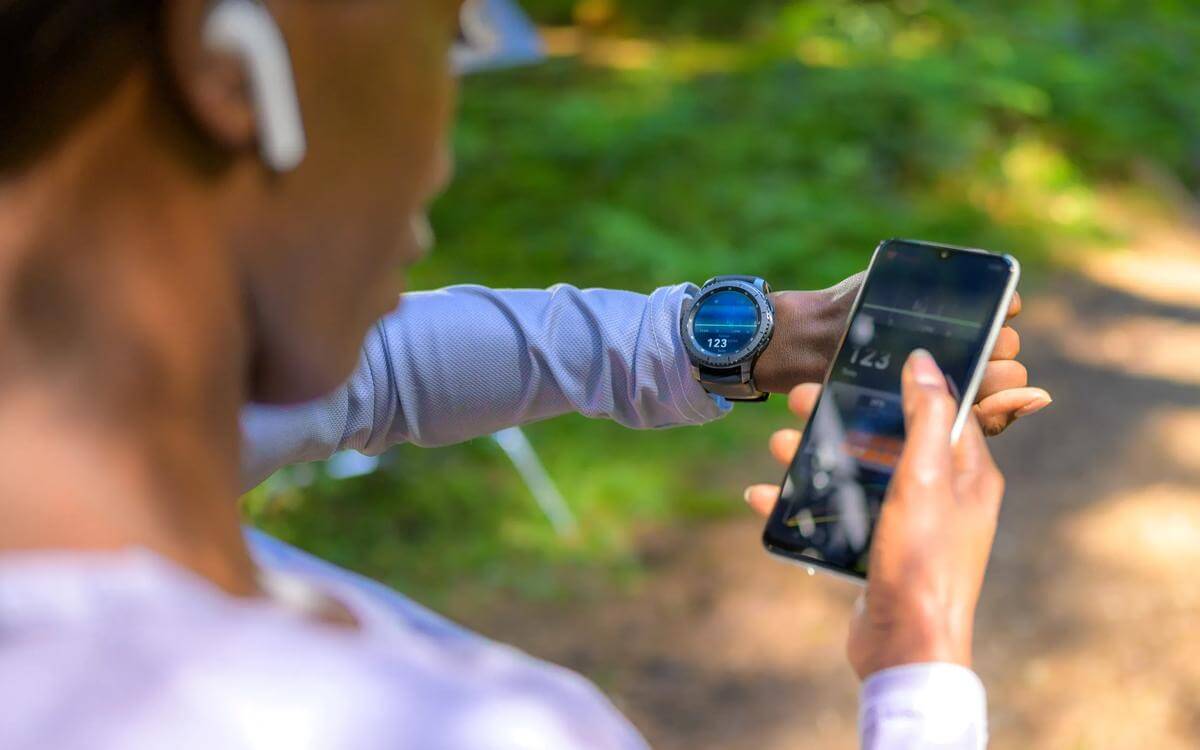Vicarious liability
When considering vicarious liability, healthcare organisations need to consider not only the “relationship” and “close connection” test but also whether there is someone else who could or should be vicariously liable.
When considering vicarious liability, healthcare organisations need to consider not only the “relationship” and “close connection” test but also whether there is someone else who could or should be vicariously liable.
Vicarious liability arises because of the relationship between the Defendant and the wrongdoer. Historically, the relationship was one of employer/employee but in the past decade or so has been extended to include those relationships “akin to employment”, including youth organisations, religious organisations, the prison service and foster parents. Although the Courts have been willing to expand the range of relationships, they have also drawn a line between those which are “akin to employment” and those which are true “independent contractors”.
An organisation is not fixed with vicarious liability simply when the “relationship” test is met. In addition, a claimant will need to prove that the conduct of the wrongdoer is “closely connected” to their role for it to be right for a defendant to be held liable for their wrongful actions. In some cases there is no doubt that the close connection test will be met - for example, a school being responsible for the assault of a pupil by a teacher. Then there are other cases in which the close connection test will require detailed scrutiny. For example, should a supermarket be held responsible for their employee’s assault on a member of the public, or when a disgruntled employed auditor leaks data online?
By way of example, in the health context the issue might arise when some aspect of care is sub-contracted to a private organisation.
It is however settled law that more than one Defendant can be held vicariously liable for an individual’s tortious conduct. For example, a youth organisation and a religious organisation can be vicariously liable for a priest’s sexual abuse of a scout.
Healthcare providers need to ensure that this issue is considered when out-sourcing or sub-contracting work to avoid being fixed with liabilities further down the line. This is a developing area of the law and each situation needs to be considered carefully.
Contact

Mark Hickson
Head of Business Development
onlineteaminbox@brownejacobson.com
+44 (0)370 270 6000







































